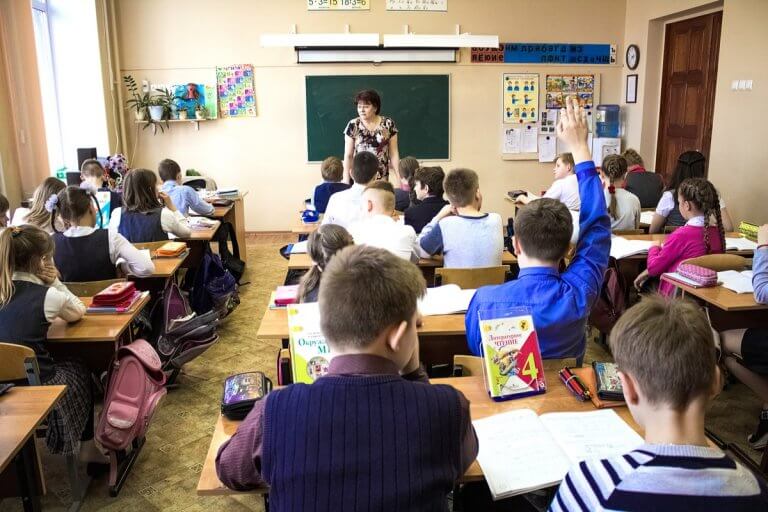
In the US, one in five students have learning and attention issue, including those with identified specific learning disabilities, ADHD or related disorders that impact learning.
Despite that, disabled students are being let down as many teachers have reported feeling ill-equipped to teach those with mild to moderate learning disabilities.
“The majority of the one in five spend at least 80 percent of their time in general education classrooms, where many struggle to achieve at grade level despite often having average or above average intelligence,” said the NCLD in a report.
They note that “learning and attention issues are not the result of low intelligence, poor vision or hearing, or a lack of motivation. We know that students with learning disabilities and ADHD have brain-based difficulties in specific areas: reading, writing, math, organisation, attention, listening comprehension, social skills, motor skills or, often, a combination unique to the person.
“What is often overlooked is that the one in five also have incredible strengths. Individuals with learning and attention issues often have average or above average intelligence, and some have extraordinary talents.”

Outcomes for students with learning disabilities are poor. Source: The Learning Disabilities and NCLD
So, how can educators tap into their unexplored potential?
The two group’s report, titled Forward Together: Helping Educators Unlock the Power of Students Who Learn Differently, explored key practices educators need to help guide all students to success.
Their study, which involved surveying 1,350 teachers, found three critical mindsets for general educators that appear to have a positive influence on the learning and development of the one in five.
Mindsets

Teachers with strong self-efficacy spend more time with struggling students and are more likely to motivate students who have low interest in school. Source: The Learning Disabilities and NCLD
Strong sense of self-efficacy
Teachers with a strong sense of self-efficacy, or those who believe in their ability to teach all students successfully, are more likely to have a positive orientation towards inclusion. They’re also more likely to take responsibility for providing the conditions and instruction that allow all students to achieve.
Positive orientation towards inclusion and personal responsibility for all students
“Teachers with a positive orientation toward inclusion are more likely to believe the one in five can succeed and are more likely to differentiate instruction,” the authors note.
Growth mindset
Individuals with a growth mindset believe they can further develop their talents (e.g. through hard work, etc.), and that their talents are not fixed. In a similar vein, teachers who believe they can improve as teachers and that all students can learn through practice and hard work put more energy into learning.
“Educators with growth mindsets recognize that learning disabilities and ADHD are brain-based and do not go away over time, but that the vast majority of students with learning and attention issues can achieve at grade level when provided the right supports,” said the authors.
Practices

There are eight key practices that educators can implement to improve achievement of the one in five in a general education classroom. Source: The Learning Disabilities and NCLD
The report also highlighted eight key practices educators can implement.
These practices are effective when “educators implement them within, rather than in place of, system-wide structures and processes that support identification, intervention, and differentiation, such as a multi-tier system of supports (MTSS).”
Some of them include “Explicit, targeted instruction [that] makes learning processes systematic, overt, and clear”, as well as implementing a Universal Design for Learning (UDL) framework, which aims to design differentiated learning experiences to meet the needs of individual learners.
The results of these findings could potentially be useful for other teachers across the globe who work with students with learning disabilities.
Liked this? Then you’ll love…
How can teachers support girls in sports?
Why it’s important for teachers to receive mental health training







